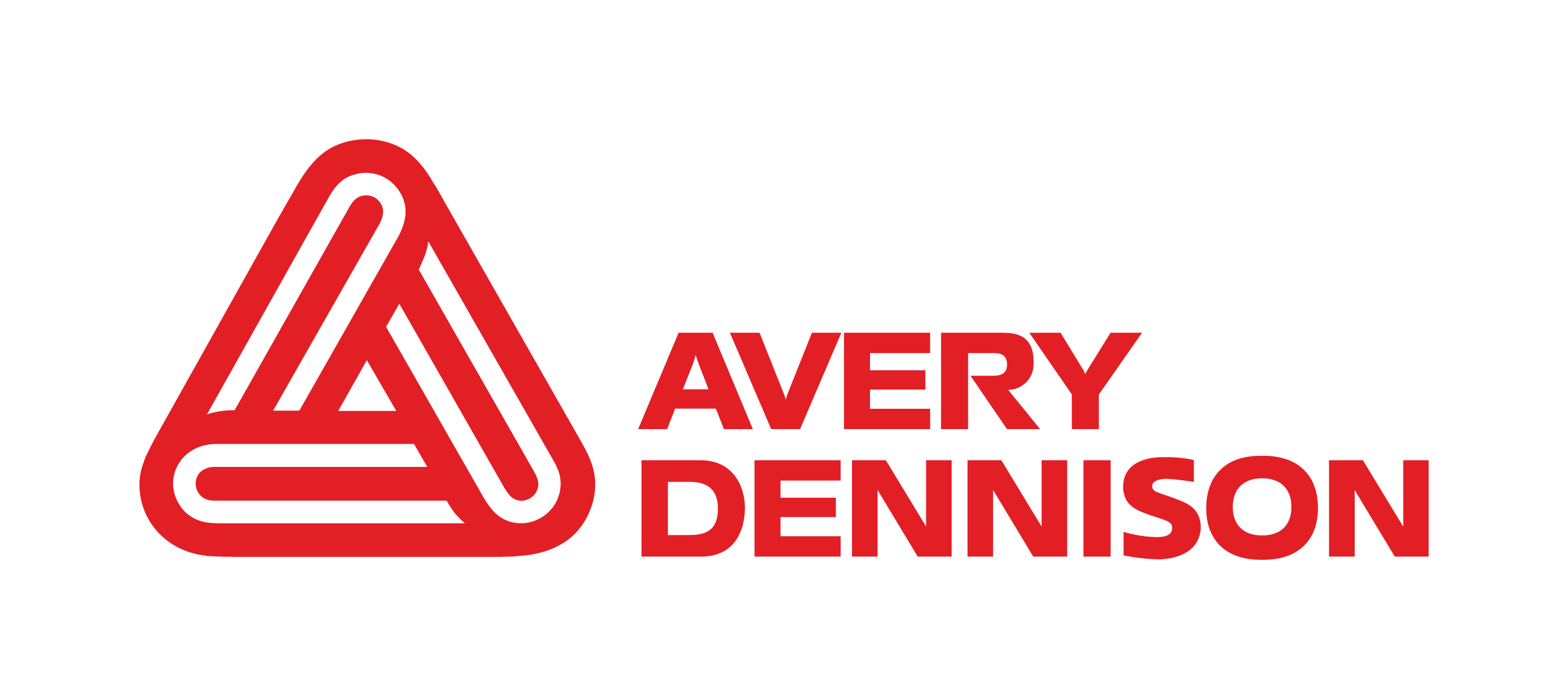The journey toward sustainable packaging is no longer defined by voluntary initiatives. While major global brands have long led efforts in areas like bottle lightweighting and increasing recycled content to meet global commitments and consumer demand, the regulatory spotlight is now turning sharply onto all brands, regardless of size. The key accelerating force? Regulation.
Across ASEAN, the drive for sustainable packaging transformation is intensifying due to new Extended Producer Responsibility (EPR) laws. With mandatory EPR already enacted in key markets like Vietnam and the Philippines, and similar plans advancing in Thailand and Malaysia, the financial burden of managing end-of-life packaging is fundamentally shifting onto producers. For every brand, large or small, understanding these mandates, and the future regulatory roadmap, is crucial for cost defence and securing long-term market access.
At Avery Dennison, we believe sustainable solutions must be practical and high-performing. We specialize in developing pressure-sensitive labels (PSL) that enable packaging circularity without compromising aesthetics or quality. Beyond product innovation, we actively collaborate with regulators and industry associations to advocate for the establishment of national Design for Recycling (DfR) guidelines, providing clear technical pathways for brands to create truly sustainable packaging.
Through our technical expertise and deep market insights, we aim to provide you with essential clarity on DfR, explaining why it is vital for brands to understand this concept now. We invite you to explore how you can make informed, proactive decisions today to confidently achieve your sustainability goals and lead the way in creating a greener tomorrow.






